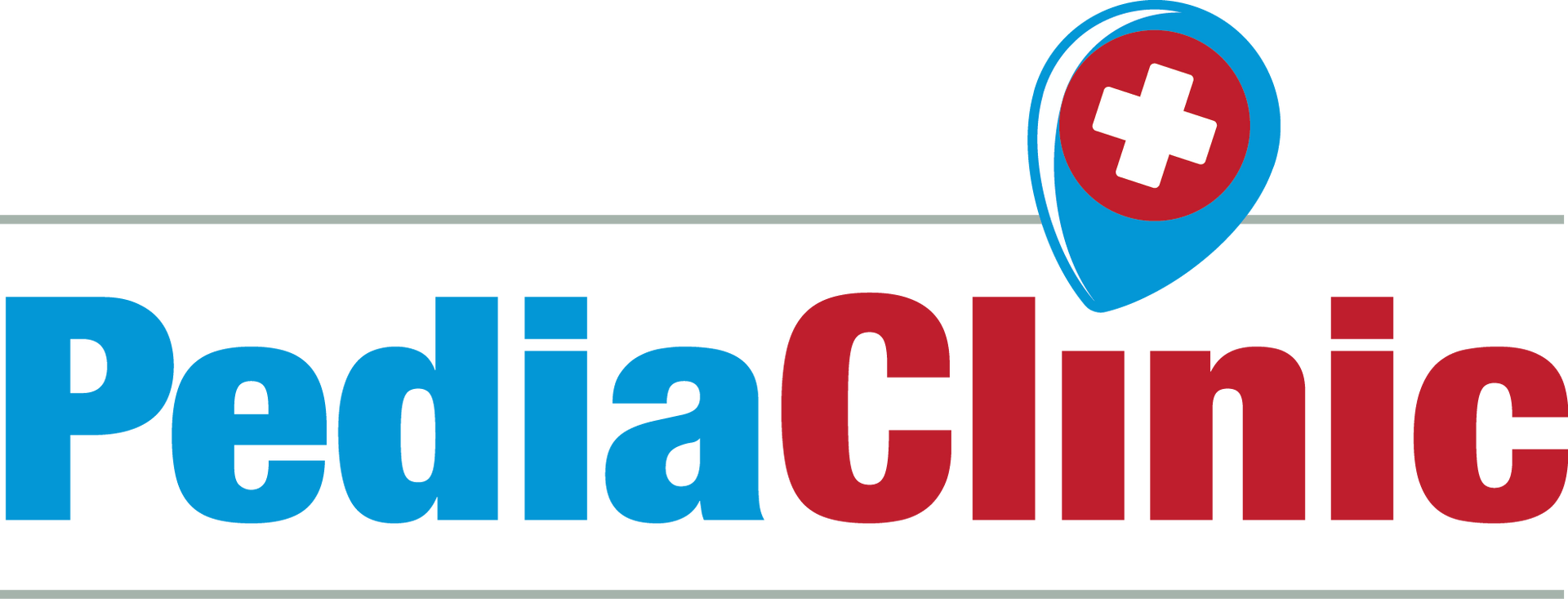Coughs and Colds: Medicines or Home Remedies?
Definition
- Every parent wants to help their child get over cough and cold symptoms.
- You could buy a non-prescription cough and cold medicine. Or you could turn to some home remedies. Which is better?
Call or Return If
- You have other questions or concerns
About This Topic
Cough and Cold Medicines (OTC)
- Over-the-Counter (OTC) cough and cold medicines can cause side effects. These side effects can be serious in young children. The risks of using these medicines outweigh any benefits.
- In 2008, the Food and Drug Administration (FDA) looked at this issue in children. They recommended cough and cold medicines never be used in young children.
- After age 6, the medicines are safe to use, if you follow the package instructions. But, it's easy to treat coughs and colds without these medicines.
After Care Advice
Overview:
- Cough and cold medicines can cause side effects in children.
- A good home remedy is safe, cheap, and as helpful as OTC meds.
- They are also found in nearly every home.
- Here are some simple but helpful home treatments to make your child comfortable.
Runny Nose:
- Just suction it or blow it.
- When your child's nose runs like a faucet, it's getting rid of viruses.
- Allergy medicines (such as Benadryl) do not help the average cold. They are useful only if your child has nasal allergies (hay fever).
Blocked Nose:
- Use nasal saline.
- Use saline (salt water) nose spray or drops to loosen up the dried mucus. Next blow or suction the nose. If you don't have saline, use a few drops of bottled water or clean tap water. (If under 1 year old, use bottled water or boiled tap water.)
- Put 2-3 drops in each nostril. Do one side at a time. Then suction or blow. Teens can just splash warm water into the nose. Repeat nasal saline until the return is clear.
- How Often. Do nasal saline when your child can't breathe through the nose. For babies on a bottle or breast, use nose drops before feeds. Limit: No more than 4 times per day.
- You can buy saline nose drops and sprays in any drug store. To make your own, use 1/2 teaspoon (2 ml) of table salt. Stir the salt into 1 cup (8 ounces or 240 ml) of water. You must use bottled or boiled water for this purpose.
- Sticky Mucus. Remove it with a wet cotton swab.
- Medicines. There are no drugs that can remove dried mucus from the nose.
Coughing:
- Use homemade cough medicines.
- AGE 3 months to 1 year. Give warm clear fluids (such as apple juice or lemonade). Dose: 1-3 teaspoons (5-15 ml) four times per day when coughing. Under 3 months, see your child's doctor. Caution: Do not use honey until 1 year old.
- AGE 1 year and older. Use HONEY 1/2 to 1 tsp (2 to 5 ml) as needed. It thins the secretions and loosens the cough. If you don't have honey, you can use corn syrup. Research shows that honey works better than cough syrups to reduce nighttime coughing.
- AGE 6 years and older. Use COUGH DROPS to decrease the tickle in the throat. If you don't have any, you can use hard candy.
- Coughing fits. The warm mist from a shower can help.
Fluids:
- Help your child drink lots of fluids.
- Staying well hydrated thins the body's secretions. That makes it easier to cough and blow the nose.
Humidity:
- If the air in your home is dry, use a humidifier. Moist air keeps the nose and airway from drying out.
- Run a warm shower for a while to help put moisture in the air.
Treatment is Not Always Needed:
- If symptoms aren't bothering your child, they don't need medicine or any treatment. Many children with a cough or cold are happy, play fine and sleep well.
- Only treat symptoms if they cause discomfort or wake your child up. Treat a cough if it's hacking and really bothers your child.
- Fevers are helpful. Only treat them if they slow your child down or cause some discomfort. That does not occur until 102° F (39° C) or higher. Acetaminophen (Tylenol) or ibuprofen (Motrin or Advil) can be given. Use to treat higher fever or pain.
Summary:
- If coughs or colds need treatment, home remedies may work better than medicines.
Author: Barton Schmitt MD, FAAP Copyright
Disclaimer: This health information is for educational purposes only. You the reader assume full responsibility for how you choose to use it.
Article 2651
